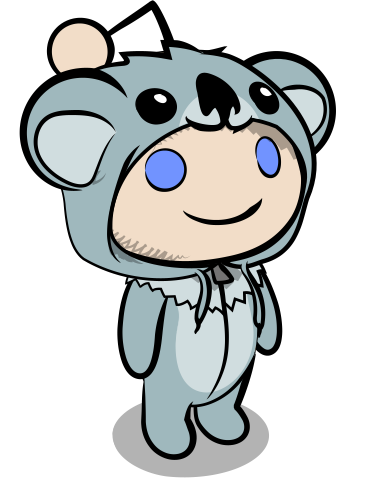New York City is famous for its worldly, subway-riding pigeons and epicurean rats – such as Pizza Rat, who went viral for hauling a large slice of margherita pizza down a flight of stairs on the subway. But there are less familiar urbanites to be found too, ones which were in residence long before Western civilisation showed up. Coyotes routinely visit Central Park, where precious orchids bloom in the ground. Comb jellies pulse through the East River under Manhattan Bridge. And each spring, from Brooklyn to Queens, the prehistoric, tank-like forms of horseshoe crabs haul themselves up onto beaches to mate and lay their eggs.
“There’s this idea that, as you urbanise an area, there are urban avoiders,” says (Stephen) Harris. “So the native flora and fauna that move away as humans come in – large predators, bears, things like that.” Then there’s the urban exploiters, opportunists who rely on people – a group which includes pigeons, cockroaches, house mice and rats. “And then there’s the urban adapters. That’s the really interesting group,” he says.
For one 2017 study, together with Munshi-South, he analysed the genomes of white-footed mice (urban adapters) from three sites in New York City – Central Park, New York Botanical Gardens, and Flushing Meadows – and compared them to mice from rural sites around 62 miles (100km) away. The researchers found evidence that the urban white-footed mice were indeed evolving, with mutations in genes that regulate how fats and carbohydrates are metabolised.
Harris views New York City’s parks as analogous to Galapagos Islands – evolutionary laboratories where it’s possible to watch in real-time as organisms adapt to their environments and start to diverge.
The pictured animal is a dusky salamander for anyone curious
And here I was thinking it was Tom Paris.
I heard the turtles in New York City adapted to a pizza diet.
Radical! Some are leaders, others do machines, some are cool but rude, and yet others still are just party dudes.
Just wait ‘til they start cataloging all the mutant species on Wall Street.
They usually don’t start a close examination until a species is endangered.
Do your part.
Well, the kind of mutant wildlife you will find adapting in New York City are going to be mutated enlarged turtles that are human-like and can eat pizza. Be warned though that they are highly trained in the art of ninjutsu and you could find yourself in the hospital having suffered fractured bones, dislocated limbs, and compound fractures. So I would highly recommend to make sure your health and life insurance is up to date before you dare venture into the New York City Sewer System.
deleted by creator





